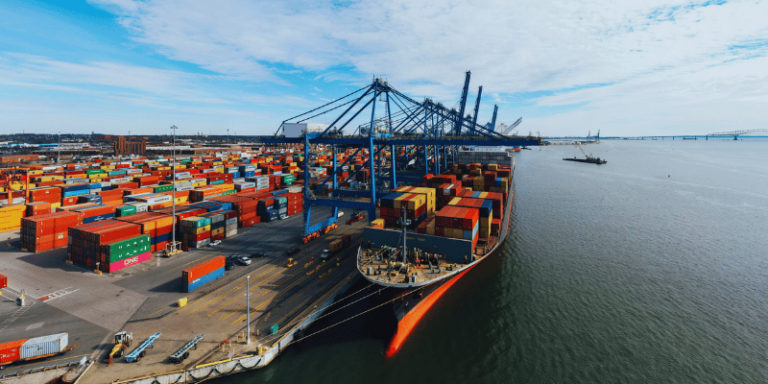The Impact of Technology on International Selling
In the second part of this three-part series, I described some specific pitfalls related to cross-border selling and some lessons learned. In this final part, I’ll take a look at a key trend that is impacting the marketplace: the use of automation to manage complexity.
As noted in Part 1 of this series, cross-border selling is becoming easier than ever. Research published by DHL Express predicts cross-border online retail will grow at twice the rate of domestic e-commerce until 2020. For most small and medium businesses (SMBs), this opportunity comes with a cost: dealing with the complexities of cross-border trade.
Tracking the range of obligations, from customs duties to import and export taxes is very complex and involves a number of variablesDifferent countries use different formulas to calculate their custom duties on specific items. Some countries exempt duty and import tax unless the total shipment value exceeds a certain amount. It can be very difficult to determine the current duty and import tax applicable to certain products, each has its own tariff code, which can make classification complicated.
Enterprises bring decades of experience and established procedures to this topic. New businesses are often approaching it for the first time, and are unaware of the volume and complexity of obligations they are undertaking. But when these obligations are missed, the result can be a significant delay of an order or a frustrated customer rejecting a shipment because required costs weren’t made clear upfront. In both cases, it has a direct impact on the business’s bottom line.
Until recently, there were few options to help sellers accurately navigate this complexity. Many SMBs simply store the information in spreadsheets or rely on outdated and inflexible ERP systems, built on manual entries. Other SMBs simply outsource their tax compliance to shipping companies – who themselves are not experts on obligations and certainly don’t have the same incentives as the seller.
This can make the prospect of cross-border trade appear daunting. The silver lining for SMBs is the growing trend of automation to manage the complexities of cross-border trading. The value of automation comes from the fact that the right software can repeat the same process to a high standard every time, even as the volume of transactions being undertaken grows. As such, it can manage the complexities that SMBs encounter at crucial points such as assigning tariff codes or calculating customs duties. Furthermore, these solutions are shipper neutral, so they will work with any shipping option a seller wants to offer.
To take one example of many: calculating the landed cost. Many sellers who are entering international markets for the first time may never have needed to think about landed costs or their various components. But if they fail to take account of landed costs and assign the correct harmonized tariff codes, they can easily end up assigning this burden to their own customers. This can lead to delays, costs, or even rejected shipments. Automated landed cost systems can take the drudgery out of this process, assigning codes and making the necessary calculations for each transaction with minimal input from the seller.
Other notable areas where automation can add value include identifying, filling out, and filing the documents needed for customs declarations and clearance; communicating with customers regarding who will remit customs duty and import tax; enabling transaction screening to avoid shipping sanctioned or restricted products or doing business with sanctioned or restricted entities or individuals; and ensuring accurate compliance oversight.
One of the reasons for the increase in new automation solutions is the use of Application Programming Interfaces (APIs). Before APIs, connecting multiple systems in order to create something like a landed cost calculator required huge budgets and long development cycles. APIs, a way to simplify connections between systems, dramatically reduces the cost and time of development. Further, the ability of vendors to offer an automation solution using the software as a service (SaaS) model dramatically reduces the cost and complexity for sellers who lack the expertise to develop a solution themselves.
Looking Ahead: Automation to Handle a Complex World
As sellers consider their cross-border selling strategies, it’s important to keep two opposing trends in mind. On the one hand, globalization continues to accelerate. On the other hand, protectionism and anti-trade rhetoric are on the rise and claim that cheap imports are responsible for manufacturing decline and job losses.
While this uncertainty exists, the advances in online retail mean the opportunity for cross-border trade will only keep growing. To be ready for this opportunity – and to have the confidence to move forward with a cross-border selling strategy – it is essential for sellers to create mechanisms that will allow them to navigate the complexity of international trade. Automated solutions will become an ever-greater part of the SMB tool kit.
Source https://www.globaltrademag.com/author/amy-morgan/








